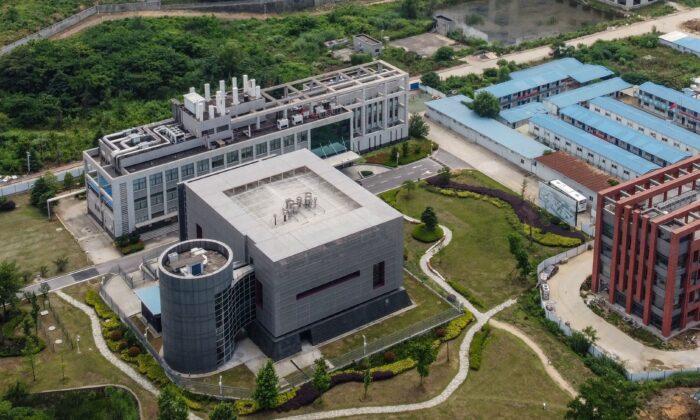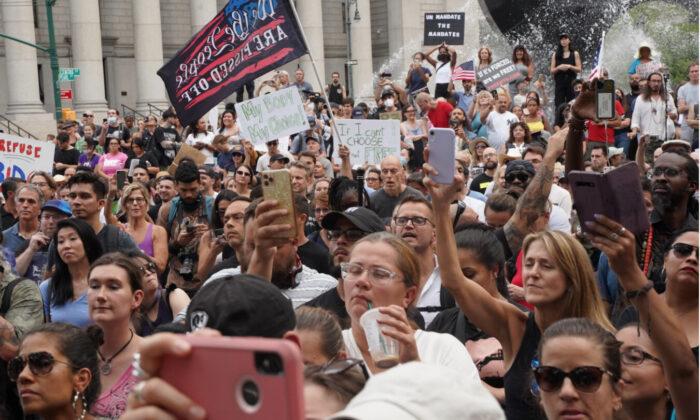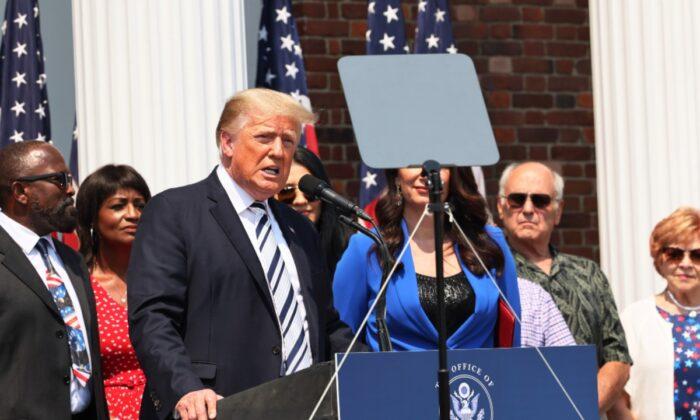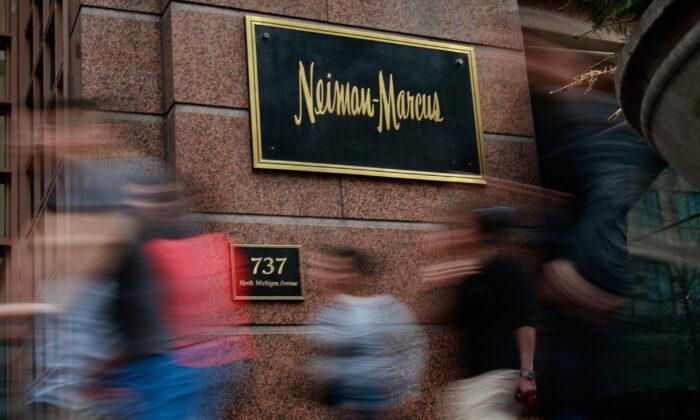The article was written before any rigorous research on the origins of the virus was conducted.
“We stand together to strongly condemn conspiracy theories suggesting that COVID-19 does not have a natural origin,” reads the article.
“The Lancet letter was written during a time in which Chinese scientists were receiving death threats and the letter was intended as a showing of support for them as they were caught between important work trying to stop an outbreak and the crush of online harassment,” Daszak’s spokesman said.
The United States said it had reason to believe that several researchers at the Wuhan Institute of Virology fell ill with symptoms similar to those caused by the CCP (Chinese Communist Party) virus in the autumn of 2019, contradicting claims by a senior researcher from the facility who said there were no infections among the staff scientists.
The Epoch Times published the first documentary on the origin of the CCP virus in April last year.
WHO Team Arrives in Wuhan to Investigate Origin of CCP Virus
A team of experts led by the World Health Organization (WHO) arrived in the central Chinese city of Wuhan on Jan. 14 to investigate the origin of the CCP virus. The Chinese Communist Party (CCP) called the WHO’s visit a “scientific research cooperation.”
Two members of the WHO team stayed behind in Singapore after testing positive for the CCP virus, which causes the disease COVID-19. On Jan. 14, the remaining 13 experts arrived in Wuhan, where the outbreak first emerged in China in late 2019.
CCP authorities required that the WHO team quarantine for 14 days upon arrival. The experts will stay in Wuhan for about one month, during which authorities arranged for them to visit the Huanan food market, local scientific research institutes, and hospitals.
Wuhan resident Zhang Hai, whose father died of COVID-19 last year, said in an interview with The Epoch Times, “WHO is just a figurehead in my eyes—a tool, to put it bluntly. It is now looking for the source of the virus, and the first anniversary of the outbreak has passed, and all (evidence) is gone.”




